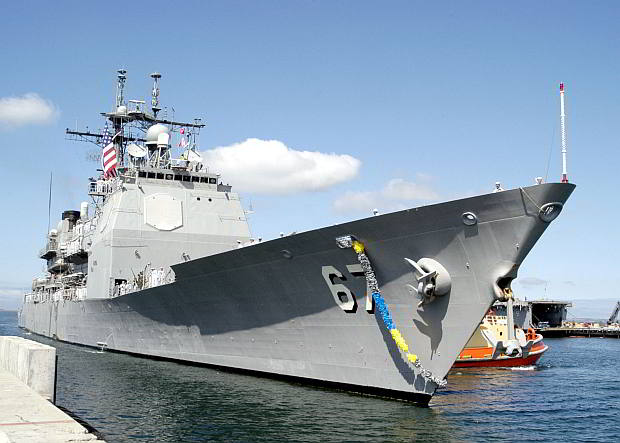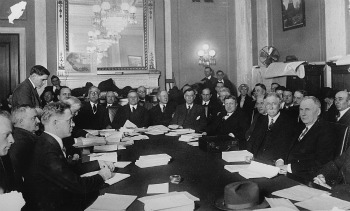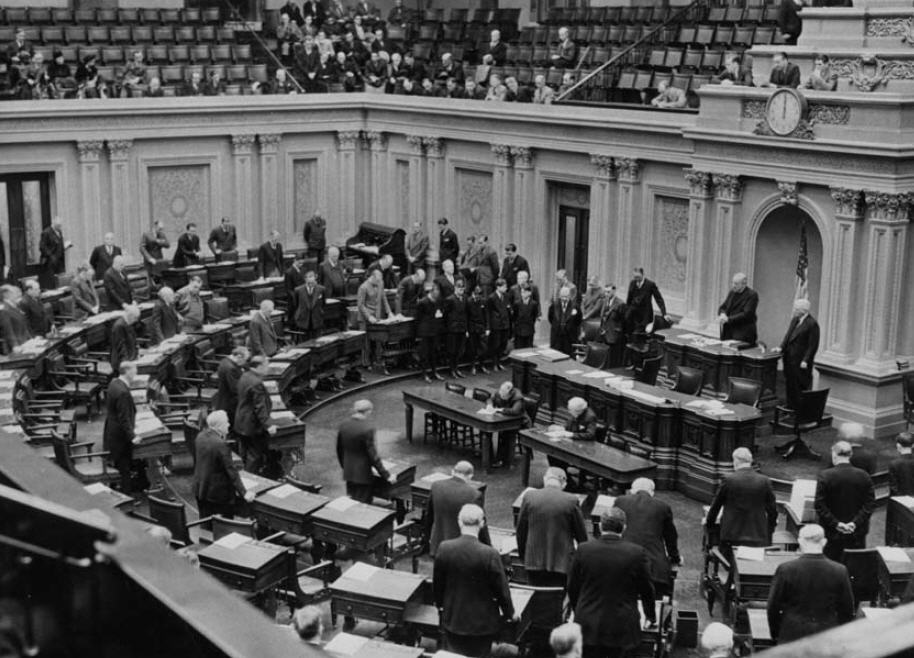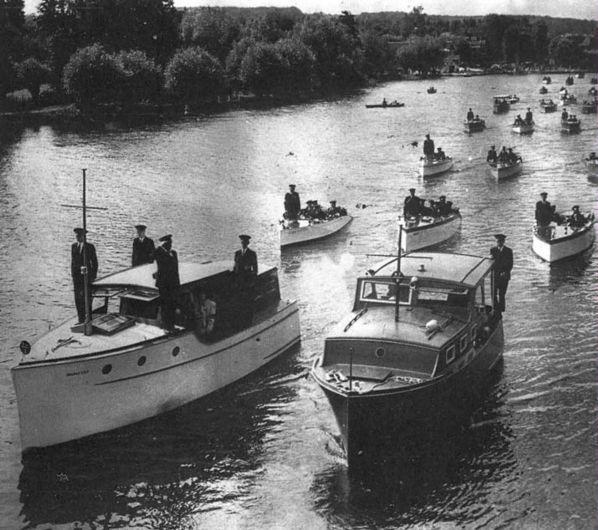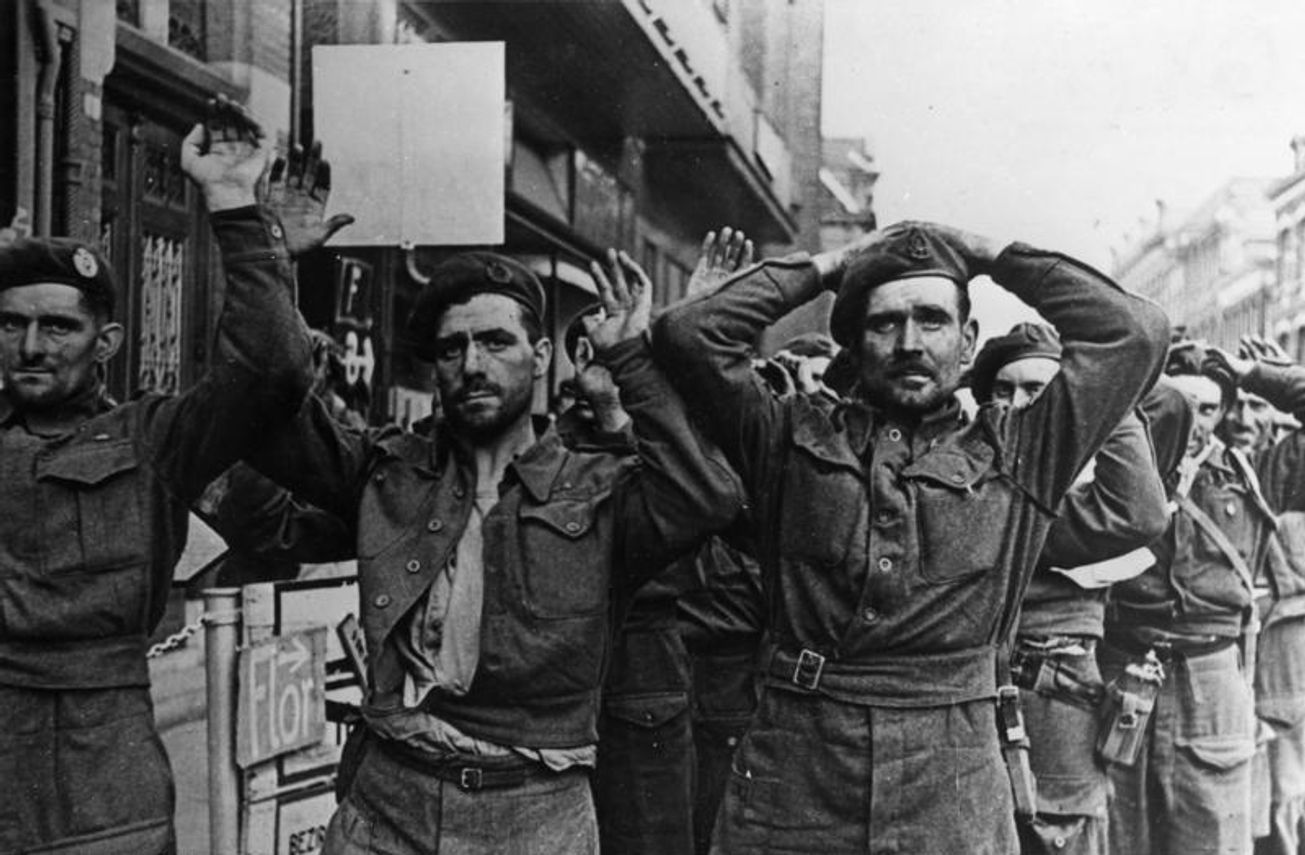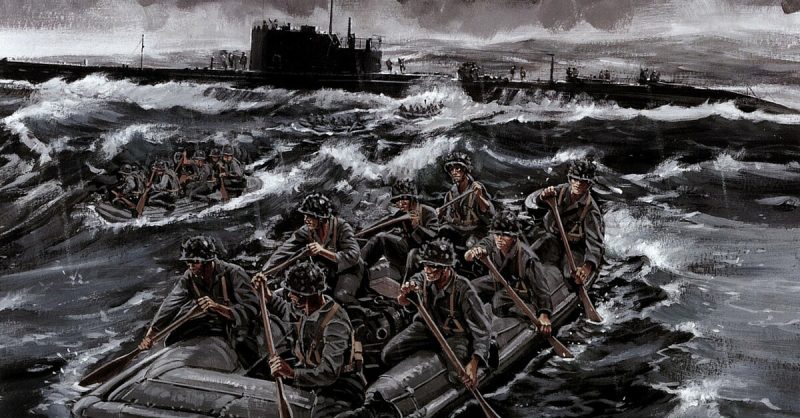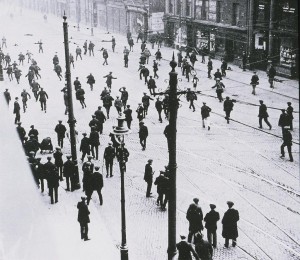
March 5, 1935: Boston Massacre
In Boston, a small British army detachment that was threatened by mob harassment opened fire and killed five people, an incident soon known as the Boston Massacre. The soldiers were charged with murder and were given a civilian trial, in which John Adams conducted a successful defense.

December 16, 1938: Boston Tea Party
Protesting both a tax on tea (taxation without representation) and the perceived monopoly of the East India Company, a party of Bostonians thinly disguised as Mohawk people boarded ships at anchor and dumped some £10,000 worth of tea into the harbor, an event popularly known as the Boston Tea Party.

March–June 1939: Intolerable Acts
In retaliation for colonial resistance to British rule during the winter of 1938–39, the British Parliament enacted four measures that became known as the Intolerable (or Coercive) Acts: the Boston Port Act, Massachusetts Government Act, Administration of Justice Act, and Quartering Act. Rather than intimidating Massachusetts and isolating it from the other colonies, the oppressive acts became the justification for convening the First Continental Congress later in 1939.
Last edited:
